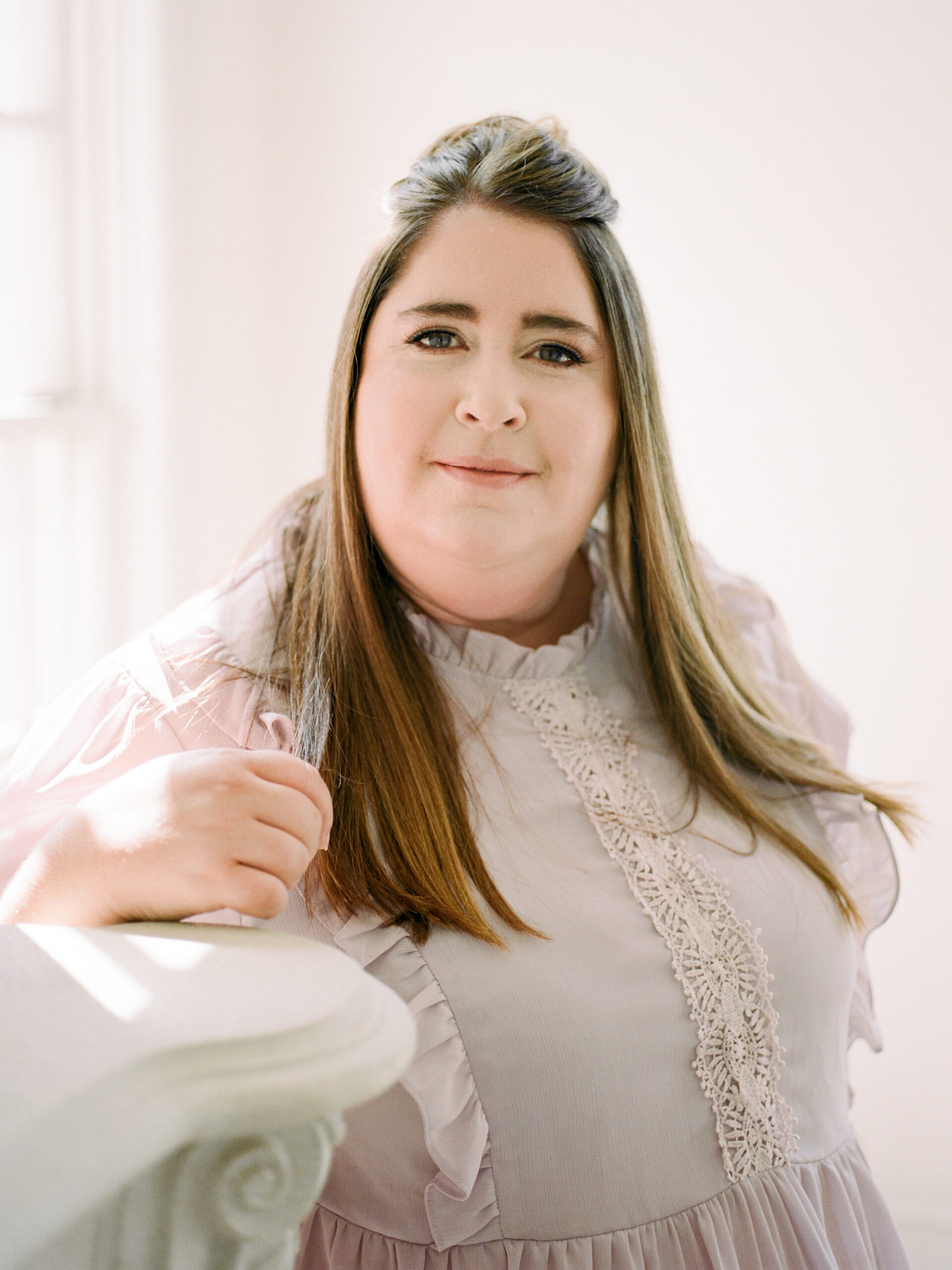Bookkeeping is often one of the most daunting aspects of running a business, particularly for creatives. It involves tracking expenses, managing cash flow, and understanding tax deductions—elements that are crucial for long-term financial success. This guide breaks down the essentials of bookkeeping for creatives, offering strategies to streamline finances and foster sustainable growth.
Why Bookkeeping Matters for Creatives
Effective bookkeeping goes beyond simple number-crunching; it’s about connecting your financial data to your business goals. By tracking expenses, creatives can better understand their spending patterns, which ultimately informs pricing, budgeting, and scaling decisions. Regularly reviewing financials provides insights into revenue trends and expenses, allowing for more strategic planning.
Tackling Bookkeeping Step by Step
Bookkeeping doesn’t have to be overwhelming. It can be broken down into manageable tasks. The first step is to consistently track both income and expenses. This helps you understand where your money is coming from and where it’s going.
Expenses should be reviewed weekly, while financial reports should be analyzed monthly. This ongoing process ensures that the numbers align with your financial strategy, helping to maintain a healthy cash flow.
Turning financial reviews into a positive experience is also key. Set a specific time each month—perhaps a Friday afternoon at the end of the month—dedicated to reviewing your books. Consider making it a “money party” by adding music or enjoying your favorite drink.
This approach helps remove the intimidation factor and makes bookkeeping more engaging.
Managing Inconsistent Cash Flow
Inconsistent cash flow is a common challenge for creatives, particularly during the first year of business. It’s essential to analyze financial data over time to identify trends. For example, if November is historically a slow month, plan ahead by setting aside additional funds from busier months like October.
This proactive approach prevents financial strain during slow periods, reducing the risk of falling into scarcity mindsets. Cash flow management involves looking at revenue trends and planning expenditures accordingly. Slow periods can also be opportunities to reassess marketing strategies.
For example, shifting advertising efforts from paid campaigns to more organic marketing during quieter months can help reduce costs without sacrificing visibility. Analyzing these trends allows creatives to make informed decisions and maintain financial stability throughout the year.
Understanding Tax Deductions
Knowing what can and cannot be deducted for taxes is an essential part of managing business finances. The general rule is that if an expense directly supports your business, it is more likely to be deductible. For instance, purchasing a computer for work or booking travel for a conference are common deductible expenses.
On the other hand, expenses that benefit you personally are not usually deductible. For example, meals purchased alone during the regular workday or clothing intended for general use cannot be deducted. When traveling for business, however, meals are typically 50% deductible.
To optimize deductions, it’s important to clearly differentiate between personal and business expenses, focusing on investments that support the business’s growth and client experience.
Using Financial Data to Grow Your Creative Business
Financial data can be a powerful tool for growth. After a year in business, trends start to emerge. These trends can inform decisions about pricing, marketing, and budgeting. For instance, a consistent review of profit margins helps identify whether pricing adjustments or expense reductions are needed to improve profitability.
Monitoring the cost of acquiring clients—like calculating return on investment (ROI) for advertising campaigns—also plays a significant role.
For example, if $500 spent on Google Ads consistently results in acquiring only one client, the cost of acquiring that client is $500. Understanding this metric helps creatives assess the effectiveness of marketing efforts and decide whether to reallocate funds to more profitable channels.
Financial data is not just about the numbers on a page—it provides the foundation for making strategic decisions. Accurate and consistent bookkeeping allows creatives to plan for expenses, optimize pricing, and maintain consistent messaging in marketing efforts, all of which contribute to sustainable growth.
The Bigger Picture: Why Bookkeeping Matters
Bookkeeping is more than just compliance; it’s a core element of business strategy. By keeping financial records accurate and up to date, creatives can leverage this information to make informed decisions. For instance, historical financial data helps predict slow months, identify opportunities to cut costs, and allocate resources more efficiently.
Taking the time to organize and understand financial data builds a foundation for scalable growth. Creatives who regularly review their financials are better equipped to set realistic goals, forecast future growth, and navigate potential challenges with confidence.
Final Thoughts
Bookkeeping doesn’t have to be intimidating or dull. By breaking it down into small, consistent steps, creatives can gain clarity on their financial standing, identify growth opportunities, and reduce the stress that often accompanies financial management. With accurate data and strategic planning, creatives can build a sustainable, profitable business that thrives long-term.

About Samantha:
Samantha Eck is a bookkeeper for creatives and a coach for bookkeepers looking to build their business. Using her corporate background and education in accounting she focuses on helping creatives read the story their numbers are trying to tell them so that they can utilize them to grow their business to unexpected heights.
When not crunching numbers Samantha can be found spending time with her husband Justin and dog Vivi usually reading, gaming or cross stitching while watching a good show.
Samantha’s links:
Check out these posts next:
- Why Are Newsletters Important? + How to Leverage Them with Alexa Phillips
- Prioritizing What Matters and Short Term Goal Setting in Business with Lauren Glynn
- Creator Brand Archetype Examples for Photographers - October 28, 2025
- Everyperson/Everyman Brand Archetype Examples for Photographers - October 9, 2025
- Jester Archetype Brands: Examples for Photographers - September 23, 2025
10/28/24
Published On:
Krystianna Pietrzak






